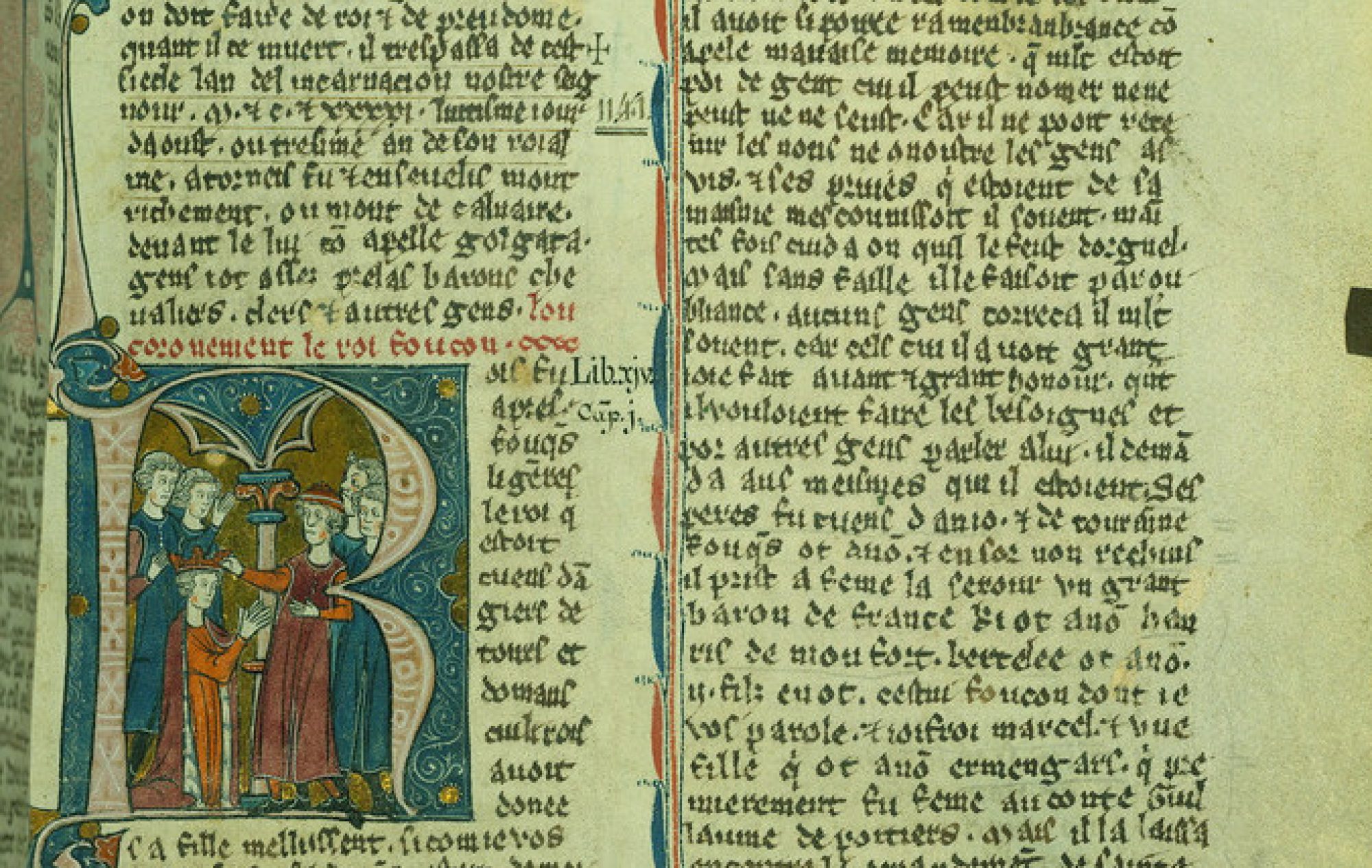The crisis of the Late Middle Ages refers to the series of events occurring between the 14th and 15th centuries. This time period brought economic growth to a halt, created major political instability and brought about religious upheavals.
Some of the events of this time include:
- The End of the Medieval Warm Period (~900-1300)
- The Beginning of the Little Ice Age (~1300-1860)
- The Great Famine (1315-1317)
- The Hundred Years’ War (1337-1453)
- The Black Plague (1348)
- Western Schism (1378-1417)
- Armagnac – Burgundian Civil War (1407-1435)
- The War of the Roses (1455-1485)
- Interregnum and Decline of the Holy Roman Empire (1245-1806)
At the beginning of the crisis of the Late Middle Ages, Europe was overpopulated. Borders had stopped expanding outwards, yet the population continued to rise.1 Once the little ice age hit harvests shrunk, leading to the great famine. During this event, about ten percent of Europe’s population was lost.2 It took 150 years for Europe to regain the population levels from 1300.3 Next, England and France began fighting the Hundred Years’ War just before the black plague hit. The plague caused Europe’s population to decrease by 30-60%, and is thought to have reduced the world population by about 100 million.4 Overall, the period was one of great change, violence and hardship for the people of Europe.
- Charles Phythian-Adams, Desolation of a City: Coventry and the Urban Crisis of the Late Middle Ages (Cambridge, England: Cambridge University Press, June 27, 2002), 300.
- Brian Fagan, The Little Ice Age: How Climate Made History 1300-1850 (New York City, New York: Basic Books, 2000), 91.
- Ibid.
- Phythian-Adams, Desolation of a City, 300.
